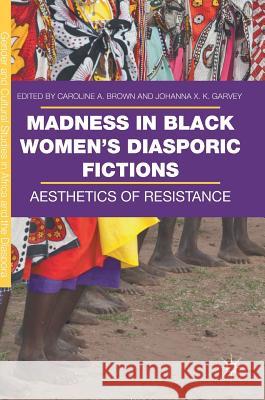Madness in Black Women's Diasporic Fictions: Aesthetics of Resistance » książka
topmenu
Madness in Black Women's Diasporic Fictions: Aesthetics of Resistance
ISBN-13: 9783319581262 / Angielski / Twarda / 2017 / 326 str.
Madness in Black Women's Diasporic Fictions: Aesthetics of Resistance
ISBN-13: 9783319581262 / Angielski / Twarda / 2017 / 326 str.
cena 497,71 zł
(netto: 474,01 VAT: 5%)
Najniższa cena z 30 dni: 497,71 zł
(netto: 474,01 VAT: 5%)
Najniższa cena z 30 dni: 497,71 zł
Termin realizacji zamówienia:
ok. 20 dni roboczych.
ok. 20 dni roboczych.
Darmowa dostawa!
Kategorie:
Kategorie BISAC:
Wydawca:
Palgrave MacMillan
Seria wydawnicza:
Język:
Angielski
ISBN-13:
9783319581262
Rok wydania:
2017
Wydanie:
2017
Numer serii:
000456148
Ilość stron:
326
Waga:
0.55 kg
Wymiary:
21.01 x 14.81 x 2.06
Oprawa:
Twarda
Wolumenów:
01
Dodatkowe informacje:
Wydanie ilustrowane











